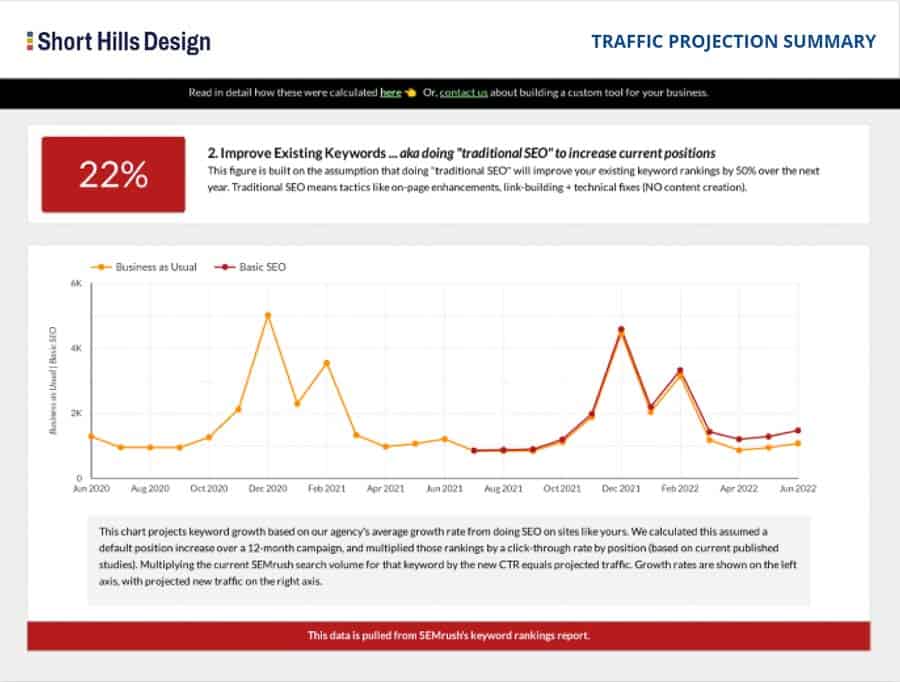The term Responsive Design or Responsive Web Design reflects the concept that a website’s appearance will fit to the device being used. Hence, the term “responsive”. Practically speaking this idea means that a ‘responsive” website will look appropriately on specific devices.
For example, with a non-responsive design, a website would look the same on the iPhone as it would on a 27″ iMac; the major difference (assuming the site is coded properly) is that the iPhone users would need to scroll left and right and up and down to see the content. But with a responsive design, the iPhone user would see a version of the website that's tailored to the screen size of the iPhone. Note critically here that the CONTENT hasn't changed, it's simply the way the content is formatted for the device.
1. Make sure that regardless of the device being used, that your phone number is PROMINENT and can be “clicked” and dialed from a smartphone.
2. Make sure that you do NOT have two separate domain names — namely you should have ONE domain name with a website that’s formatted to display “responsively” to individual devices. Do NOT try to create a mobile site and have a separate domain such as a .mobi — it’s a waste of time and money.
According to the prevailing wisdom, the only good reason to have a .mobi is for brand protection -- so if you are mytowndentist.com, you'd want to buy the .net, .org and .mobi to prevent a competitor from using your domain name.
3. Make sure you have a “view full site” or “view desktop site” option on your responsive versions (e.g. on the iPhone or iPad). Your visitors may be used to seeing your address in one location, and may be confused or frustrated if they can’t return to the original place where they found the information.
I was just consulting for someone and I tried to call them back -- true story -- and as I was on my iPhone, I tried to use their mobile website to find the name of the office manager on the "meet us" page. After a full 2 minutes of looking I gave up and called a different client. I didn't mind that terribly that I couldn't easily navigate to the "meet us" page, but the bigger problem was that I was trapped on the mobile site, with no way of getting to the desktop site. Moral of the story: let your USERS decide how they want to view your
website -- not you.
Having your dental office’s website designed in a “responsive” fashion is a great way to make sure you maximize the engagement of your audience and the usability for these visitors. Content still remains king (e.g the dental website with the most content often wins), but make SURE that your visitors can see what they want to see, and can get where they want to go on your website. "Give the People what they Want!"

